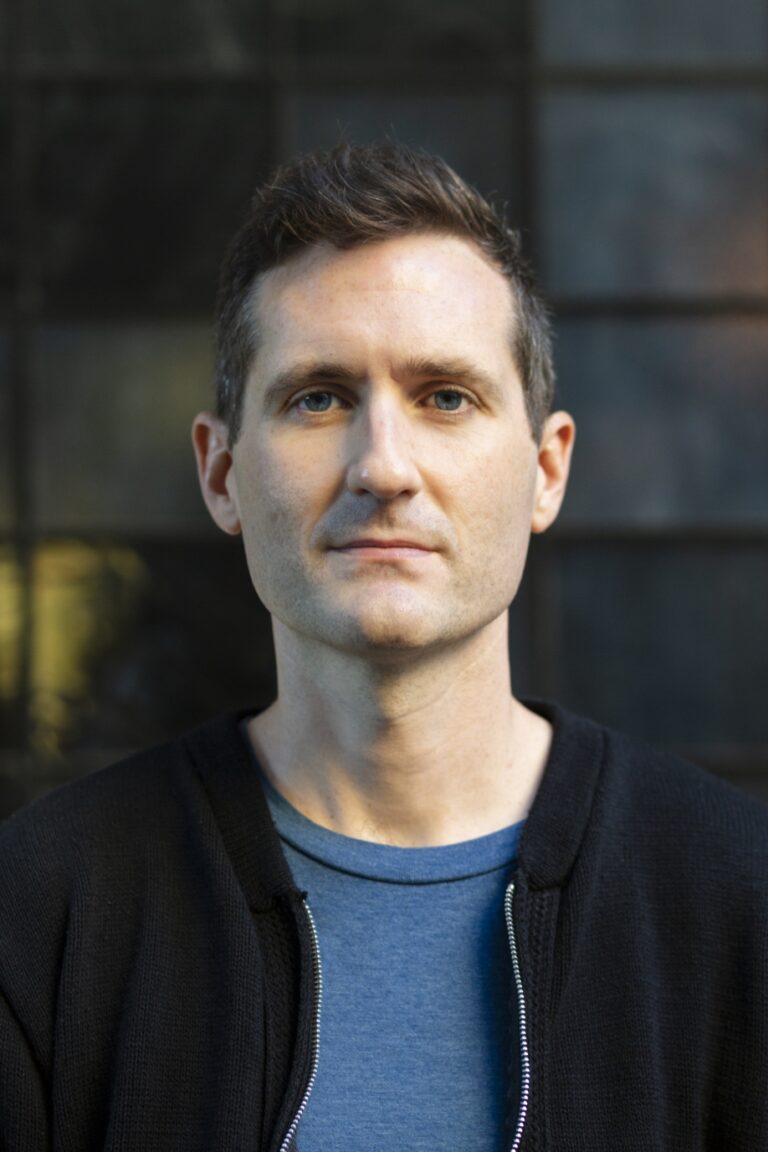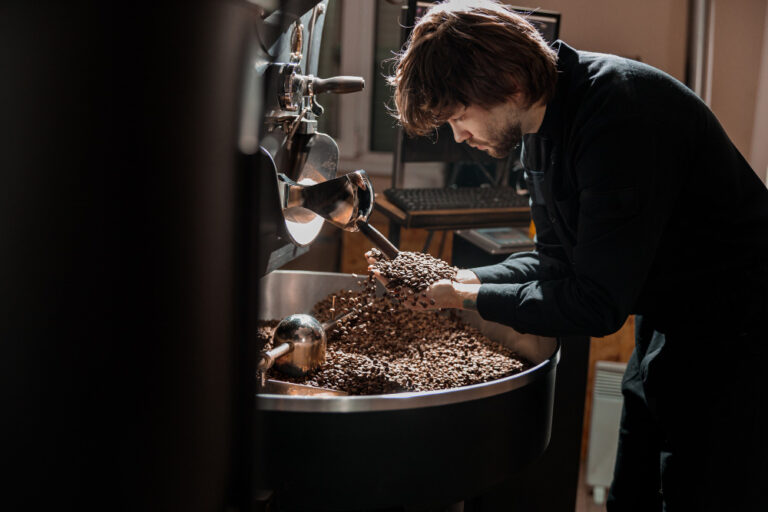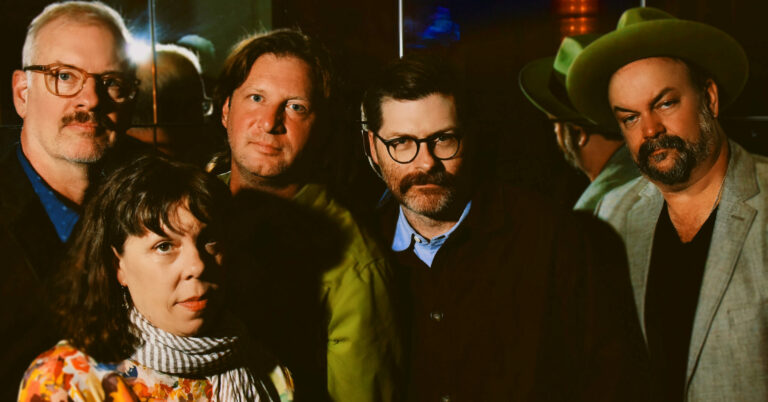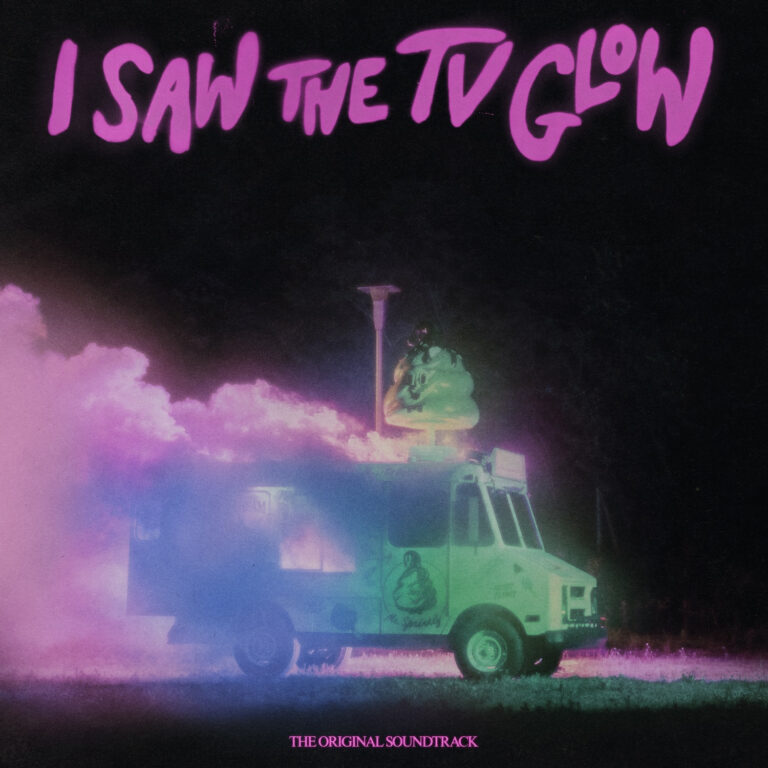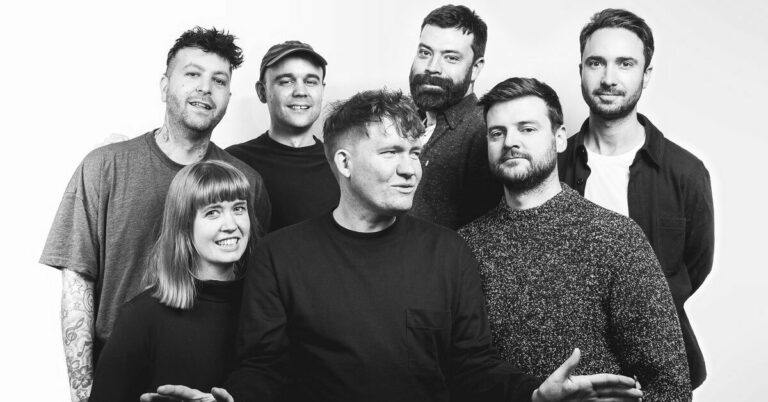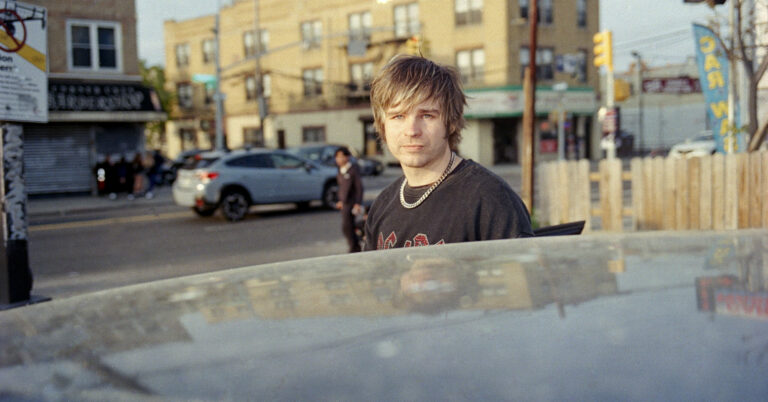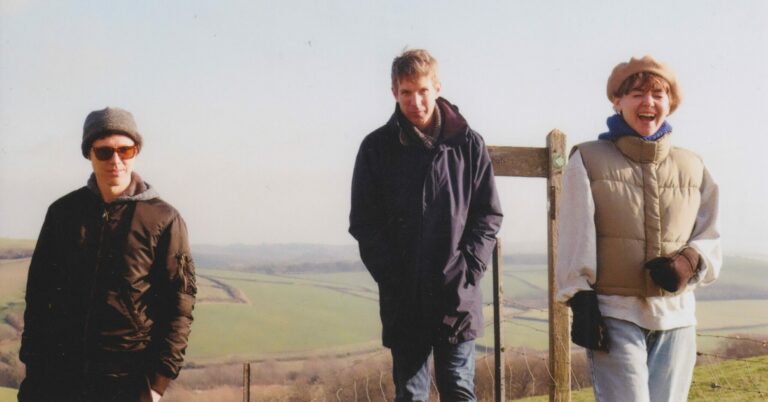Newly sober, Dennis Monk is stuck. Approaching six months of sobriety, he’s back at his parents house in Philadelphia, accepting their generosity until suddenly, he’s kicked out. For the rest of his first sober year, he goes from apartment to couch to bed, rooming with attractive women in exchange for apartment repair or college friends to reminisce with. With each story in his linked collection, Michael Deagler examines sobriety, friendship, romance, and gets Monk into a decent amount of trouble each time. With a keen wit, an empath’s heart, and a propensity to distill life as we know it down to its purest moments, Early Sobrieties is as solid and self-assured as a debut gets.
Our Culture sat down with Michael Deagler to talk about episodic novels, escape, and the passage of time.
Congratulations on your debut novel! How does it feel now that it’s out?
It’s great! Very exciting, I thought I’d be more stressed, but it’s been very chill, people saying nice things to you. If things are going bad behind the scenes, nobody tells you, so it’s been surprisingly pleasant.
Early Sobrieties is basically a novel in stories, with each character and situation being contained to the chapter they’re in. Why did you want to go about this structure?
I guess I think of myself as a short story writer more than a novelist — that’s been the form I’ve always been drawn to. I’ve always liked the linked collection, like A Visit From the Goon Squad, The Things They Carried, Jesus’ Son, sort of right up on the border between novel and story collection. It frees you from the expectations of the traditional novel structure, but you still have the continuity of following the same characters and being in the same world. I was already inclined towards that structure, but I thought for a book about sobriety, it made particular sense because there’s this recovery maxim of taking one day at a time. Each chapter, each episode is a new opportunity for Monk to live soberly. Not just in the sense of abstaining, but to be well, to be good. And sometimes he succeeds, sometimes he fails, and each episode allowed me to explore a different aspect of sobriety without having to artificially create some larger novelistic arc.
I think as stories, they’re so well-paced and fleshed-out; you get a sense that you’re capturing these characters at a pivotal moment in their lives, and Dennis is witness to it all. You mentioned Jennifer Egan — her collection Emerald City operates the same way. What was it like exploring so many different characters through their situations?
That’s interesting — yeah, Jennifer Egan is kind of a genius when it comes to the short story structure, figuring out what event to pivot a story around. I think in my mind, I knew what aspect of sobriety I wanted to be tackling. I mean, in this chapter, he’ll encounter another sober person, or an alcoholic who’s not yet sober, etc. When you’re working on a project, your mind’s open to collect things to fit into it, all the conversations you have, things you read, all of it subconsciously slots into holes in the manuscript. Once I filled those holes, the pivotal events presented themselves.
Like your protagonist, Dennis Monk, you’re sober, and you mentioned writing fiction about sobriety is trying to capture the “baffling, humiliating beauty of it.” Did you think you achieved that goal, and how does it come out through the novel?
Yeah, I hope I achieved it. I don’t know if the beauty is there as much. I knew I wanted him to be sober the whole time, but it doesn’t start the day after he gets sober, it’s like six months after. The book basically covers the second half of his first sober year, not the first. I feel like the first half, they call it “pink clouding,” these moments of extreme bliss. Everything is so beautiful, you’re so thankful to be alive. Part of it is just the chemicals in your brain adjusting. You have this rosy feeling that starts to go away, and the book starts when the pink clouding fades, and he has to deal with the real world again. Initially, I had wanted to capture more of that blissed-out time, but fiction is fueled by conflict and negative emotions for the most part, so ultimately it became clear he couldn’t wander around, happy all the time.
I really enjoyed Monk’s quiet sort of desperation — he goes with the flow and follows girls home he meets at bars, reconnects with old flings by standing outside their house — but it always seems like he isn’t deluded about what he’s doing, maybe an effect of the sobriety. Even though he’s flighty, do you think at this moment in time he has a good grip as to what he’s trying to do?
I think he’s pretty self-aware about a lot of things. He’s not a complete idiot, since the temptation in fiction is to make your protagonist kind of a moron, or very oblivious. It’s easier to get them in trouble. I didn’t want him to be a fool, because I thought that’d be cheating a little. I think if you make a character who’s self-aware, the things they aren’t aware of hit a little harder. The blind spots become slightly more, not egregious, but there’s more weight to them. But I do think he doesn’t quite know what he wants, so that creates a level of passivity that can cause him to drift into various situations. Even people with no history of addiction, your 20s are a time of drifting where you find yourself in a lot of places where you’re not sure what you want out of them, but it’s a part of discovering yourself. And that’s a main process of the book, rediscovering who he is and what he wants.
The family dynamics in the first chapter are very striking, and very funny. Did you pull from real life to form Monk’s parents and brother?
The parents, I would say, are superficially similar to my own, to the point that I was worried about it. They finally read the book about a month ago, and I was concerned as to how they’d react. My parents have the same jobs as his, and they’ve said some of the same things, but mine are very kind, complex human beings, whereas his are a little more one-dimensional in order to be minor characters in fiction. But I don’t have a brother, and the reason he does is that early in the writing process I realized he couldn’t just be me, he needed to be different, so giving him a brother would change the family dynamic and it could evolve in different ways. And the brother ends up returning in the book, his existence ended up having a big impact on Monk’s arc. It ended up being a useful choice to lean into the fictionality.
There’s this very intimate flash of superiority in one chapter’s ending; he’s staying with this woman Maureen, whose brother arrives critiques the furniture Dennis is making for her. One day Neal has an episode in the middle of the night, and when Dennis goes to comfort him, he thinks, “We are strangers, you and I. The chasm between us is the width of two lifetimes: yours and mine. His other [hand] floundered blindly for my palm, but I held my own hands high in the air, high enough that he couldn’t touch them. High enough to make clear to anyone who might be watching that I was my own man, of whom nothing and no one else might form an essential part.” Walk me through that scene and revealing this part of his personality.
I think it was a part of writing the book, that with any kind of fiction, you learn who your character is after putting them in circumstances and threatening them with the realities and personalities of other people. Not that I don’t think Monk is an unreliable narrator, but narrators can present any version of the world, and it’s not until you have them interacting with other characters where you see who they really are and who they’re really afraid of. I think in that story, he’s created this domestic situation for himself that allows him to feel stable and adult. The dream of that is punctured by the arrival of the brother of this woman he’s been staying with, and it not only forces him to deal with this guy who has these complex emotional problems, but he has to deal with this woman who he’s been fantasizing about building a life with, parts of her life that would be parts of his. Maybe he’s not ready for that level of what it actually means to have a family, to be responsible for other people. It’s sort of a dark, selfish moment. We all have selfish moments. He’s making the decision to not be empathetic in that moment, which is ironic, because he’s always complaining that people aren’t being empathetic towards him.
Later, he attempts to escape to Pensacola through his friend who has a car, and later with a woman that wants to go to Nebraska City. Neither plan works out, but why do you think Dennis was so intent on leaving — just burnout, or something deeper?
Over the course of the book, he’s trying on different permutations of how he can make life work for him — moving a lot, staying with different people, trying on different jobs. I think by that point he’s done with Philadelphia and latches on to the idea of Pensacola, despite not knowing anything about it. He’s just seen tourism pictures on the internet. That’s just about leaving things behind, rather than the specific allure of any place he’d go to. Not to psychoanalyze him too much, but I’ve noticed in my own life, for many years after I got sober I felt stuck in the Philadelphia area and was always trying to travel or come up with a reason to move away. I felt that strong wanderlust and for me, ultimately, running away from your problems is too dramatic, but if you can change the setting, you can be a different person, the person you want to be. But the change all has to be internal. I now live in California, which is wonderful in many ways, but you’re the same person. You know how it is, however far away you are, it doesn’t solve all your problems.
The book ends with this simple but true idea of taking life day by day, slowly, however you can best manage. One line sticks out to me: “On the peaks of holy mountains, in the mood-lit dens of sex clubs, they are counting their days.” What does this theme mean to you and why did you want to explore it?
It goes back to the one day at a time notion. When you’re sober, especially in your first year, you think so much about time, the accumulation of it, and it’s equated with safety. The day you quit drinking, a day feels like a really long time. The more days you have, the more secure you feel. A week is everything, then a month is everything. AA is kind of set up this way, with the chips at various stages. But it’s hard to think about the accumulation of days without also thinking about your own mortality. You want time to pass, but it’s also time you’re never gonna get back. There’s this weird trap in thinking about life that way. I think the tyranny of the passage of time is definitely one of the engines of the novel.
Finally, what are you working on now? Are you continuing with a storied, fragmented approach or trying something different?
I’m trying to write a novel that’s more of a traditional, proper novel, not episodic. It’s very different from Early Sobrieties, and in some ways that’s nerve-wracking, but it’s challenging and I’m growing as a writer. I’d like to stop being a short story writer, I’d like to become a novelist.
Early Sobrieties is out now.
